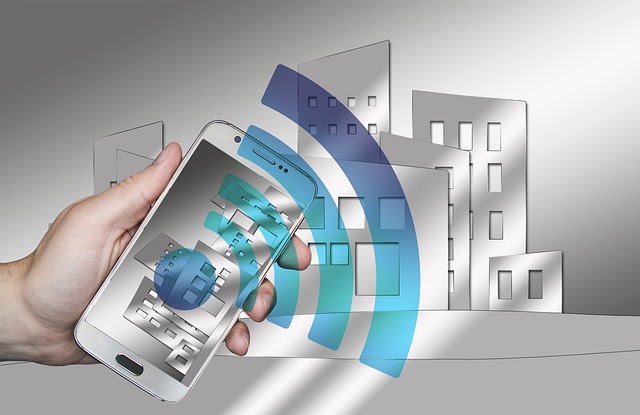Introduction
I. The Concept of IoT
IoT refers to a network of interconnected devices, objects, and systems that communicate with each other, collect and exchange data, and perform intelligent actions. It involves the integration of sensors, actuators, and network connectivity to enable seamless communication and interaction between physical and digital entities.
II. IoT in Everyday Life
IoT has become an integral part of our daily lives, empowering us with smart technologies and connected devices. From smart homes that automate tasks and enhance security to wearable devices that track our health and fitness, IoT is making our lives more convenient, efficient, and personalized. Additionally, IoT plays a crucial role in building smart cities, improving urban infrastructure, and creating sustainable environments.
III. IoT in Business and Industry
The impact of IoT extends beyond personal use and permeates various industries. In business and industry, IoT enables advanced industrial automation, optimizing processes, increasing productivity, and reducing costs. Supply chain management and logistics benefit from IoT-enabled tracking and real-time data analysis, resulting in streamlined operations and improved efficiency. Moreover, IoT facilitates predictive maintenance, ensuring equipment reliability and minimizing downtime.
IV. Benefits of IoT
The power of IoT lies in the numerous benefits it brings to individuals, businesses, and society as a whole. IoT enhances convenience by automating tasks and providing personalized experiences. It enables improved decision-making through real-time data analytics and insights. Furthermore, IoT contributes to cost savings, energy efficiency, and resource optimization, fostering sustainable practices and reducing environmental impact.
V. Challenges and Concerns
While IoT offers tremendous opportunities, it also presents challenges and concerns. Security and privacy risks are major concerns, as interconnected devices can be vulnerable to cyber threats and data breaches. Interoperability and standardization issues pose obstacles to seamless connectivity and integration. Ethical considerations, such as data ownership and privacy rights, need to be addressed to ensure responsible and ethical use of IoT technologies.
VI. Future Trends and Potential Applications
The future of IoT looks promising, with ongoing advancements and potential applications. IoT is expected to expand its reach in various sectors, including healthcare, agriculture, transportation, and manufacturing. Integration with artificial intelligence (AI) and machine learning will further enhance the capabilities of IoT, enabling more intelligent and autonomous systems. Advancements in edge computing and the deployment of 5G networks will drive faster and more reliable connectivity, unlocking new possibilities for IoT applications.
Conclusion
The power of IoT to revolutionize connectivity in the tech industry cannot be overstated. As IoT continues to evolve and expand its influence, it has the potential to reshape how we interact with technology and the world around us. Embracing IoT offers a multitude of opportunities for innovation, efficiency, and improved quality of life. To fully harness the power of IoT, it is crucial to address challenges, ensure security and privacy, and foster responsible deployment and usage.
In this connected era, IoT is paving the way for a more intelligent and interconnected future, where technology seamlessly integrates with our lives, businesses, and society as a whole. By embracing the power of IoT, we can unlock new realms of possibilities and transform the way we live and interact with the world.

